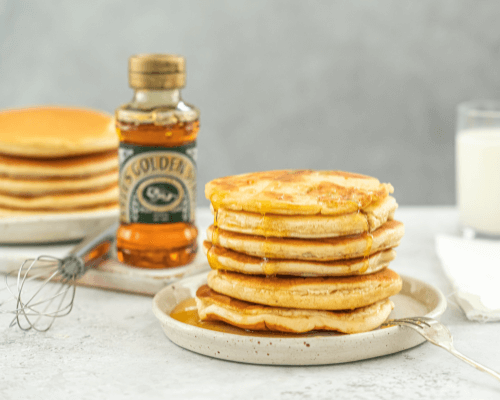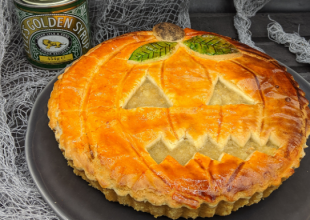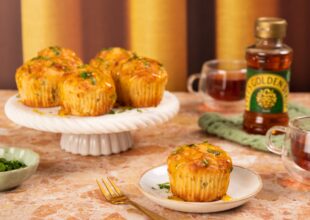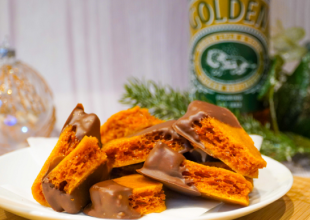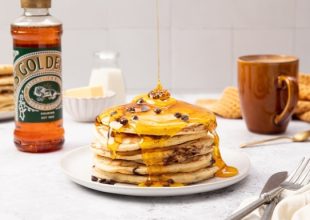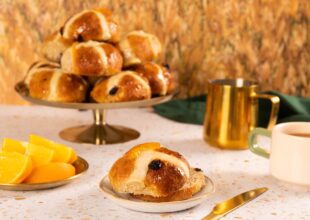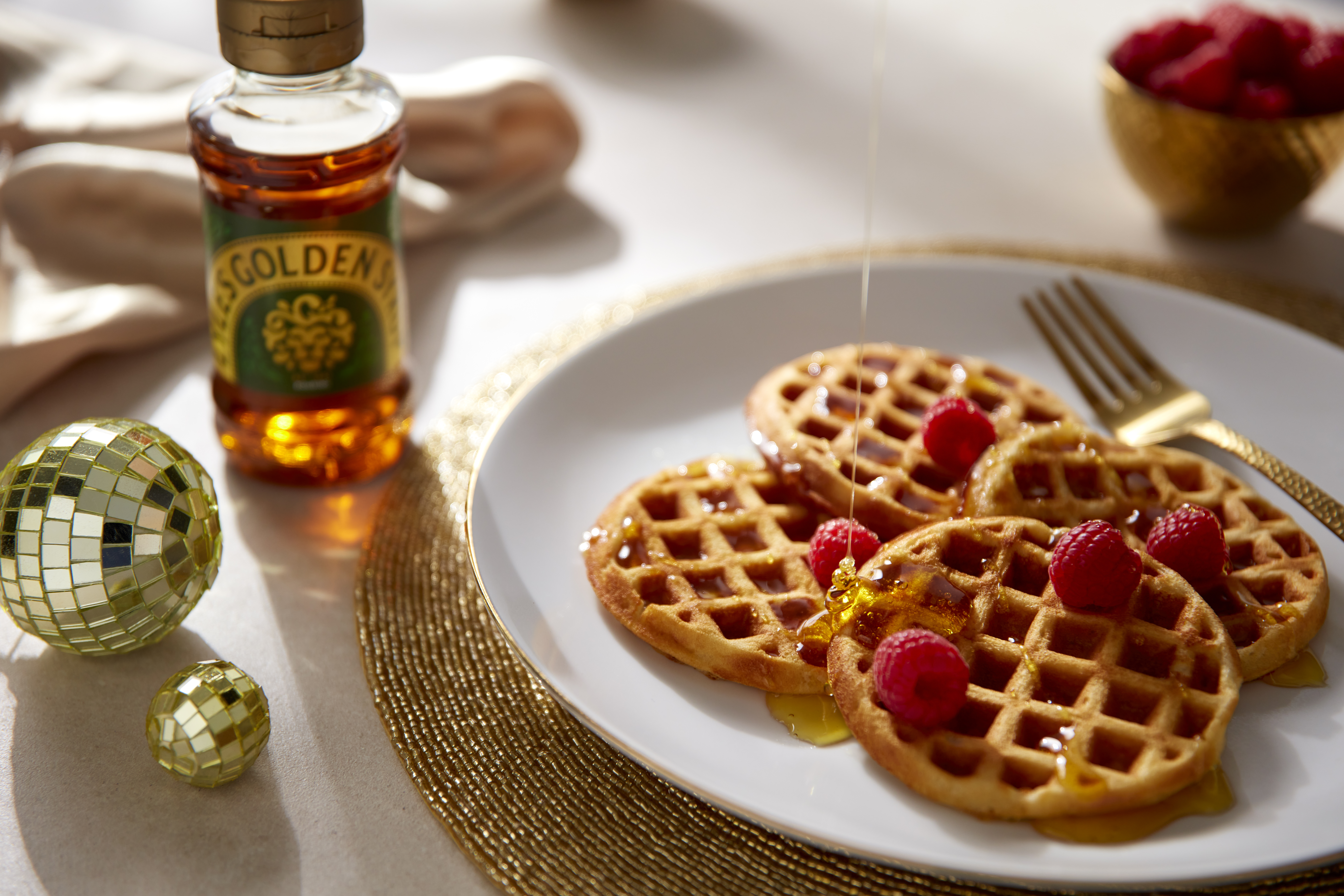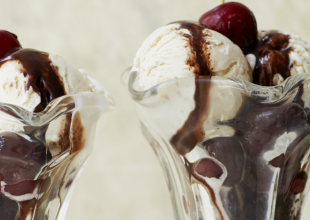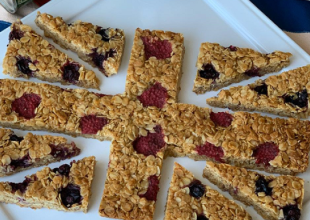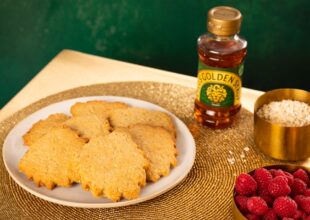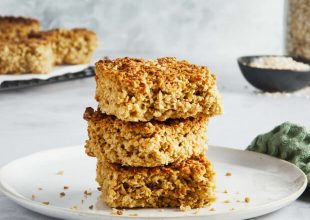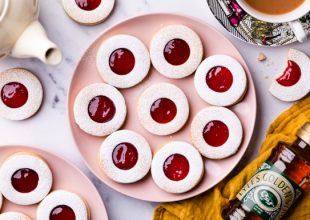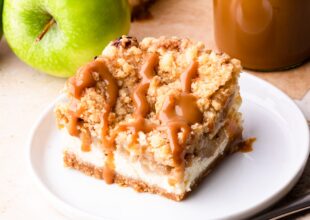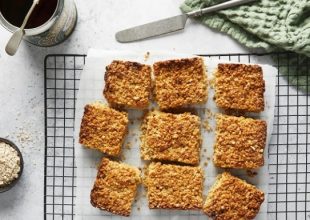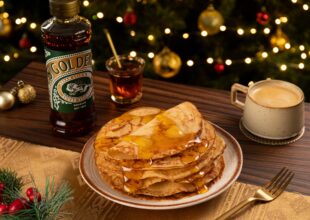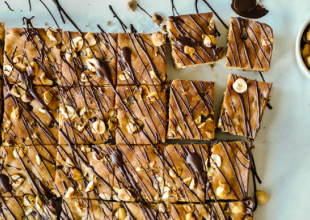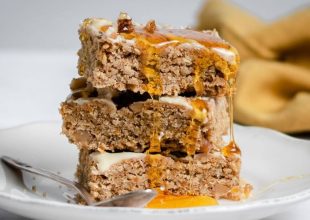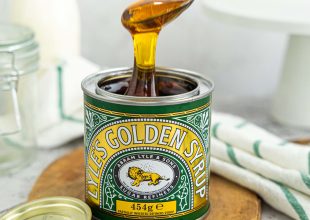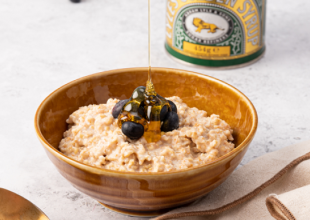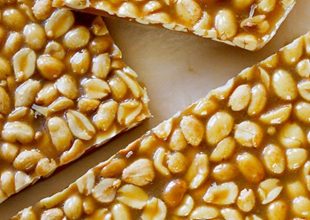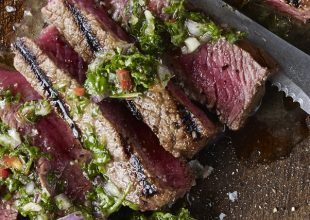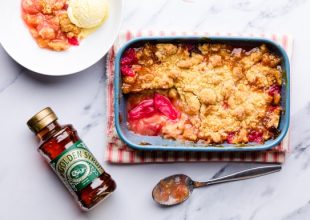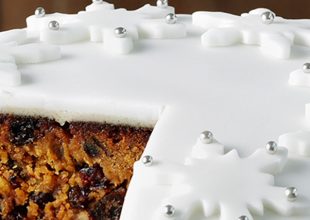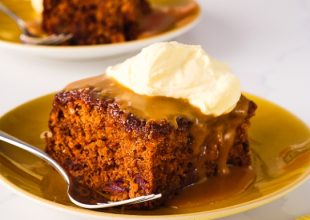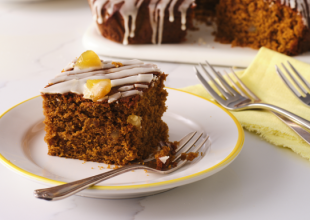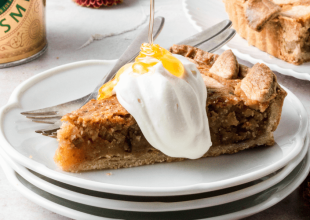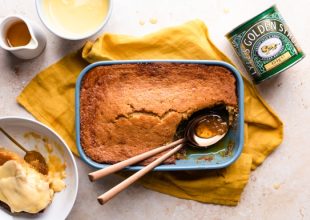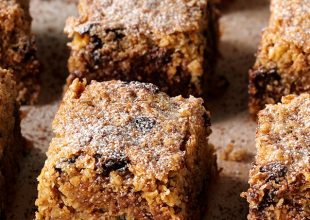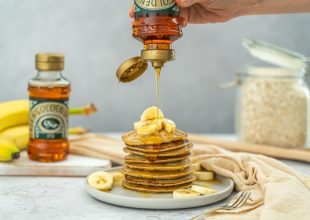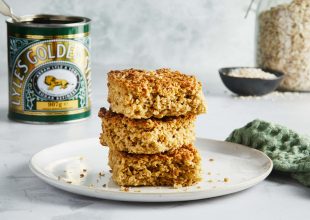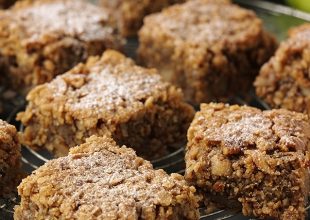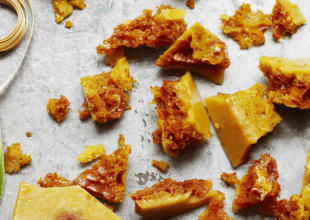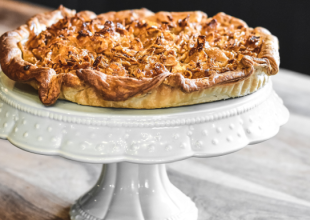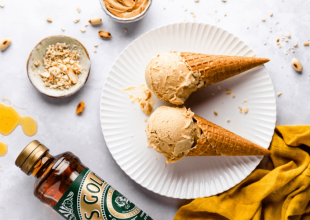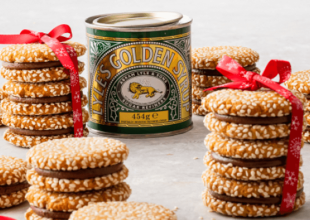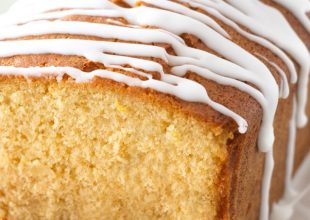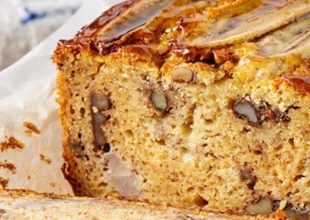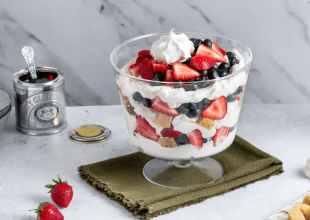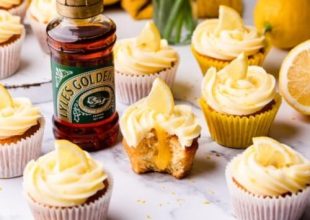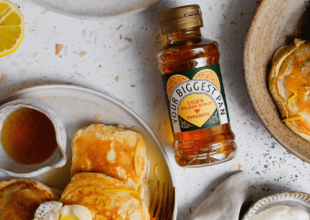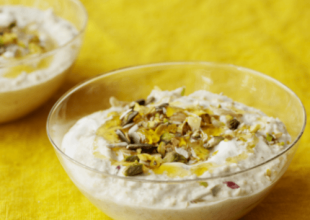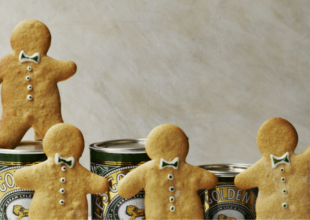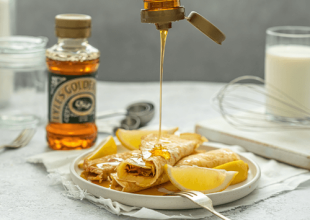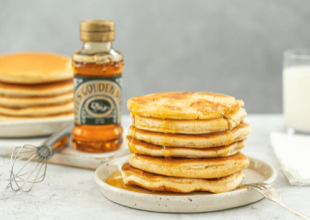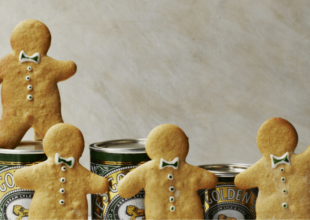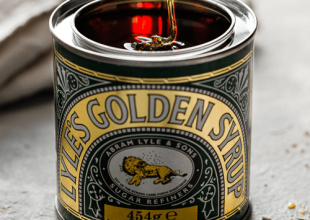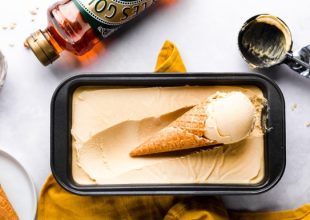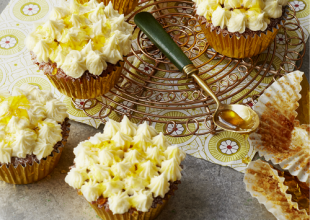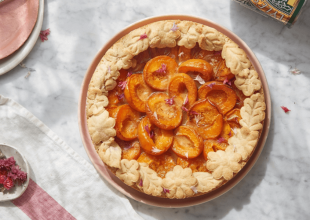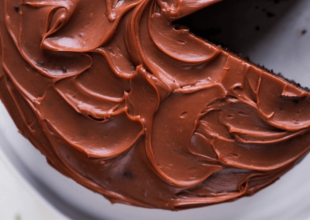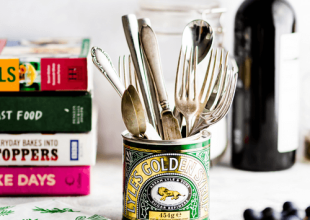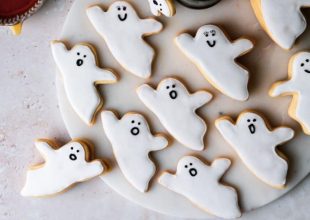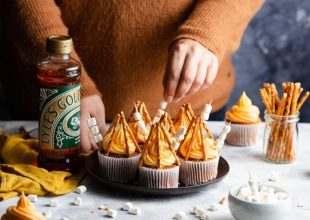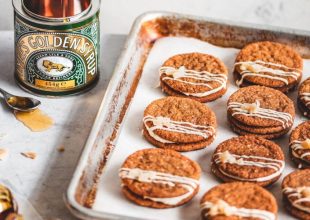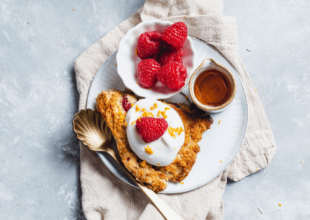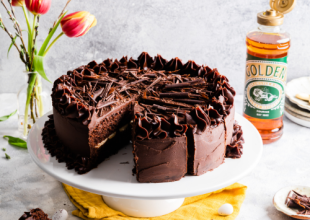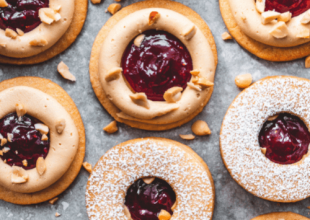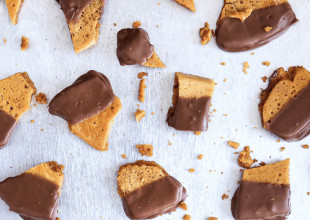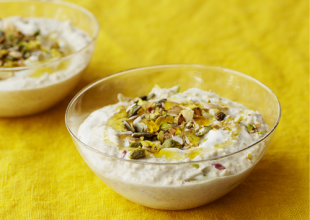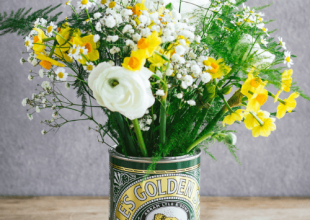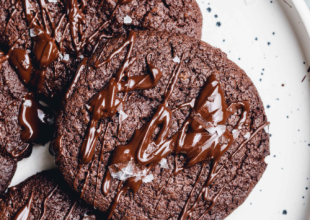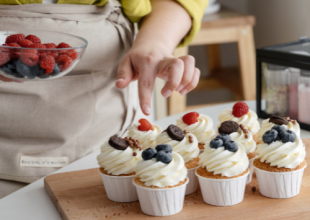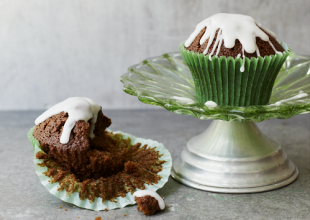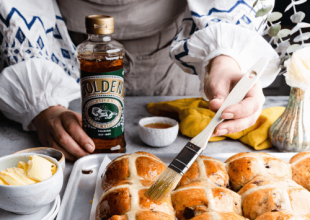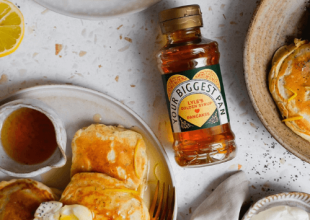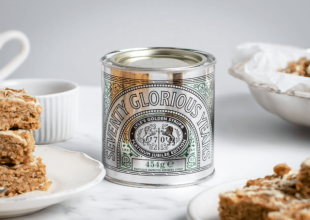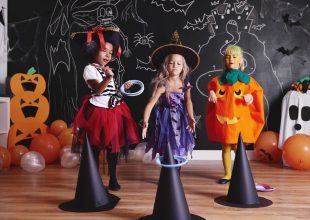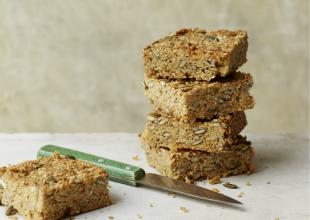How to Make American Pancakes
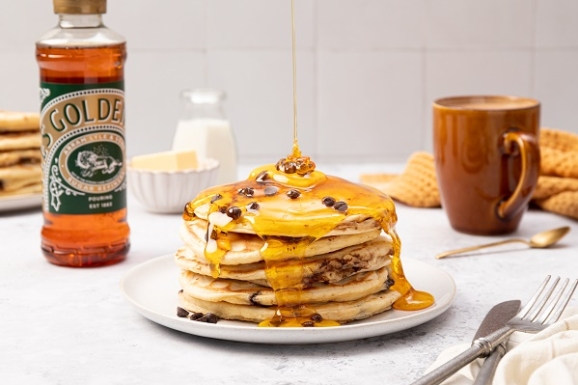
As much as we love classic pancakes, their American cousins are the gold standard. American-style pancakes are perfect for weekend brunch, breakfast or an awesome dessert.
Whether you’re flipping stacks for a crowd or indulging solo, nothing beats a drizzle of Lyle’s Golden Syrup to make them truly syrupendous! Read on to discover how to make American pancakes, with some handy tips and delicious recipes.
The difference between classic pancakes and American-style pancakes
Our classic pancakes are thin and delicate, but American pancakes? They’re all about height and fluff!
The secret lies in the batter. Alongside the classic flour and eggs, American-style pancakes contain:
• Either buttermilk, yoghurt or milk
• A pinch of salt to balance the sweetness
• A raising agent like baking powder of bicarbonate of soda
The wet ingredients react with the raising agent to create bubbles that puff the pancakes up, giving them their signature height. The result? Irresistibly light and fluffy pancakes that practically demand syrupy drizzles.
Tips to make perfect pancakes
To create golden, fluffy stacks that would make even a pancake connoisseur swoon, follow these tips for American style pancakes that are worth their weight in gold.
Sift your flour from a height
Sifting your dry ingredients—like flour and baking powder—into a large bowl will break up any lumps and add more air to your batter. It’s a simple step that can make your pancakes extra fluffy!
Don’t overmix the batter
The last thing you want is dense and chewy pancakes! To make sure your pancakes are as fluffy as can be, mix your batter until it’s combined and then stop.
Leave the batter to rest
Give your batter a little break before you cook the pancakes. This gives the starch in the flour a chance to relax, leading to a lighter pancake.
Use an ice cream scoop to portion your batter
To make sure your pancakes are all the same size, use an ice cream scoop to add your pancake batter into the pan.
Fry your pancakes in butter
Create an irresistible breakfast by frying your pancakes in melted butter, giving your pancakes extra mouth-watering flavour.
Keep an eye out for bubbles
The golden rule of flipping: Wait until bubbles start to form on the surface, then flip the pancakes and reveal that gorgeous golden-brown glow.
Keep your pancakes warm
No-one wants cold pancakes! After you’ve cooked each pancake, pop them on a wire rack over a baking tray and place them in the oven on a low heat to keep your pancakes warm and fresh.
Freeze cooked pancakes for a quick and easy breakfast
You can keep American-style pancakes in the freezer for up to a month. All you need to do is cook and freeze your pancakes – it’s that simple! Freeze them in a stack with some baking paper between each layer so they don’t get stuck together, and you’ll have golden delights ready whenever you are.
Easy American pancake recipes
Ready to put your newfound pancake prowess to good use? These recipes are dripping with inspiration—and a drizzle of Lyle’s Golden Syrup makes them truly delushious!
Fluffy chocolate chip pancakes
Adding chocolate chips to these American-style pancakes makes them even more irresistible, why not go one step further and drizzle some gorgeous golden syrup on top?
Blueberry and buttermilk pancakes
You can get delicious light and fluffy pancakes with just five ingredients and three simple steps – the perfect breakfast if you ask us!
Orange and ricotta pancakes
Enjoy the zesty kick of orange in these gorgeous pancakes. Serve them with some caramelised bananas to add an extra layer of flavour.
Golden bacon pancakes
Sweet, salty, and utterly moreish, these pancakes pair crispy bacon with the gooey goodness of syrup. It’s the breakfast equivalent of striking gold.
Apple and cinnamon stateside pancakes
This recipe gives you light and fluffy American-style pancakes with a gorgeous apple and syrup topping – a delicious British twist!
Lemon drizzle poppy seed pancakes
Bright and zesty with a little crunch, these pancakes are a refreshing change. Top with tangy lemon drizzle sauce for an unforgettable stack.
Pancakes are flippin’ delicious with Lyle’s Golden Syrup
There’s no topping quite like Lyle’s Golden Syrup. Its silky, sticky sweetness makes every pancake shine. Whether you’re drizzling, dolloping, or slathering, Lyle’s adds that unmistakable golden glow to your plate.
Explore our range of products and give your pancakes a golden glow-up.

